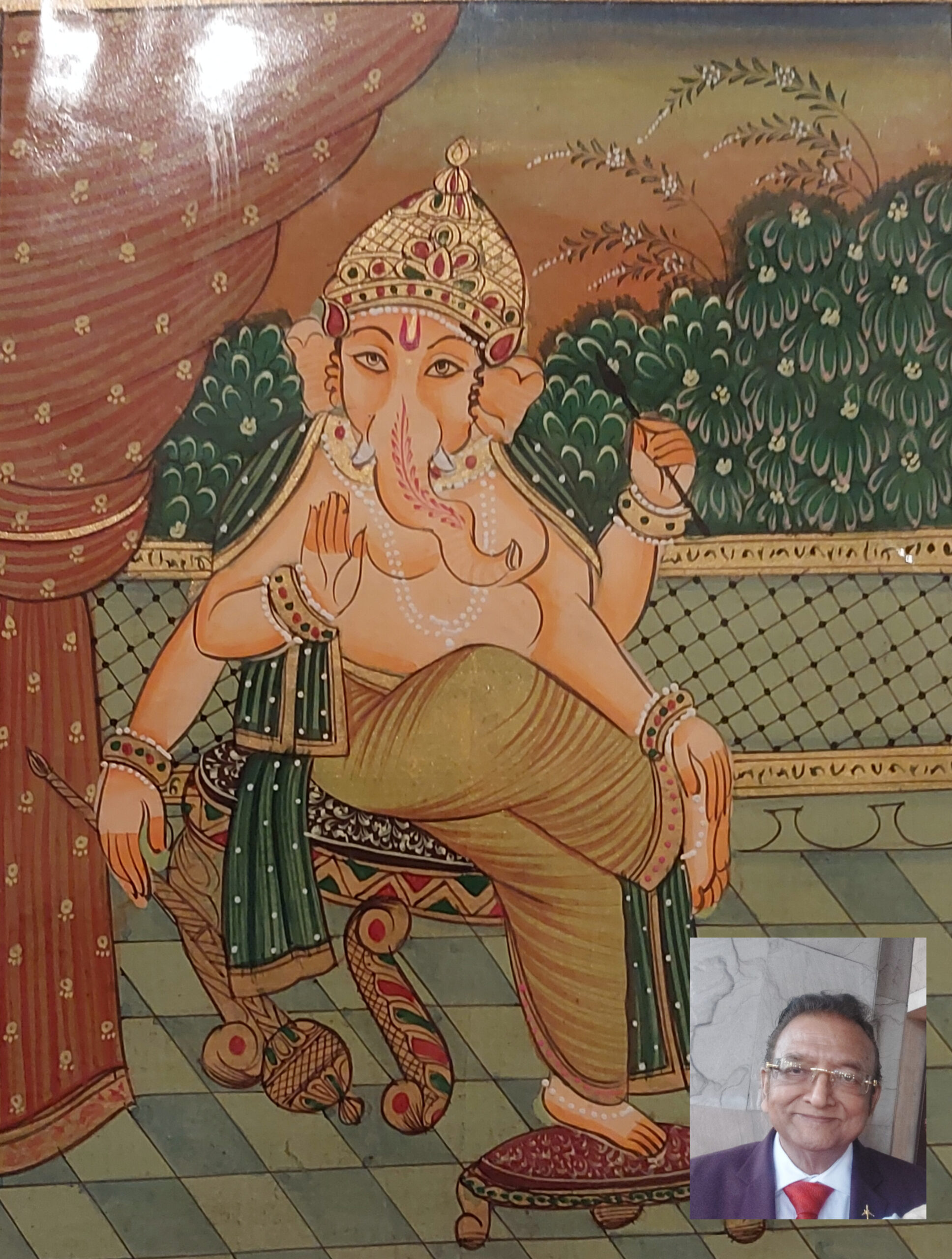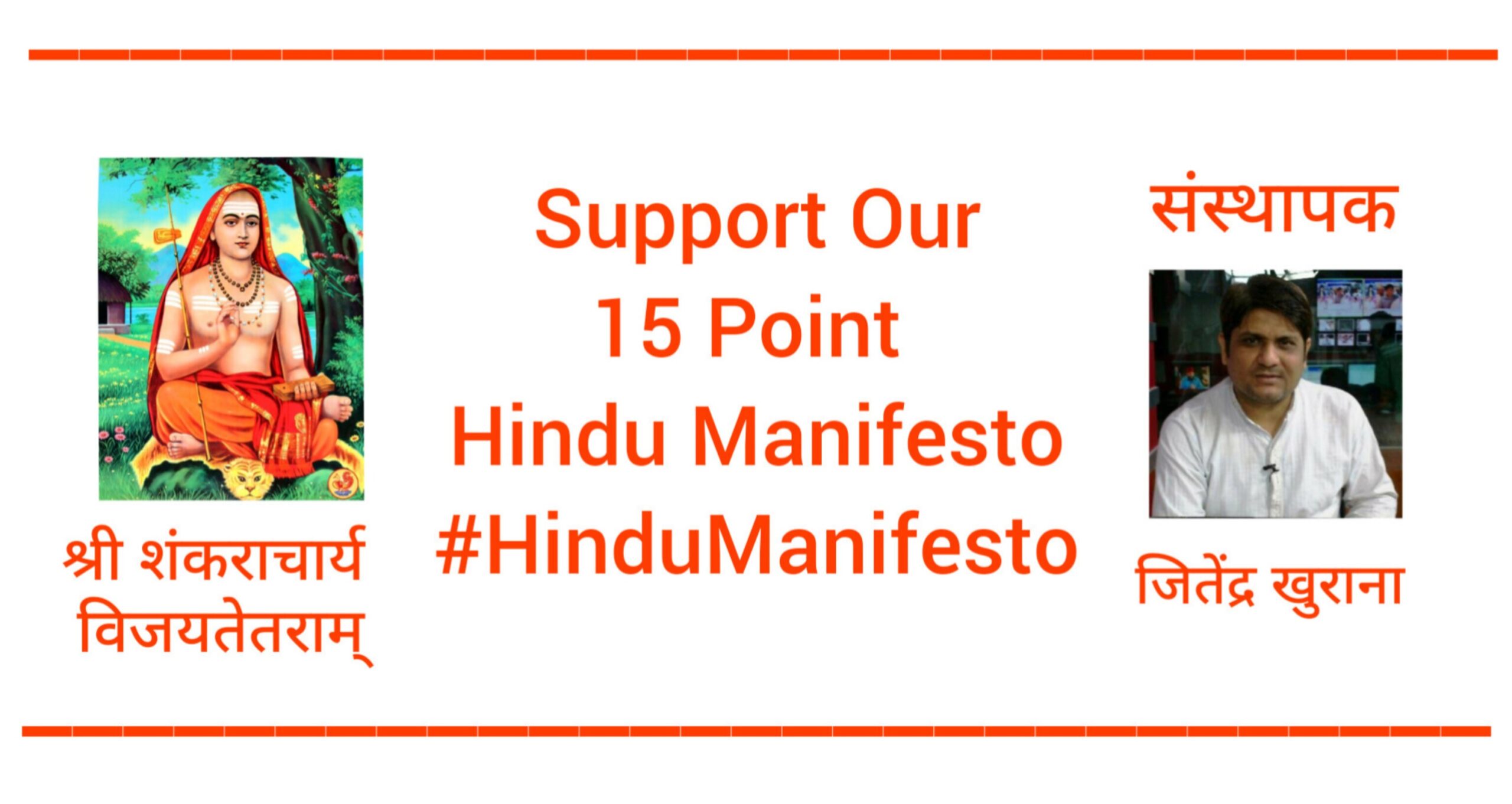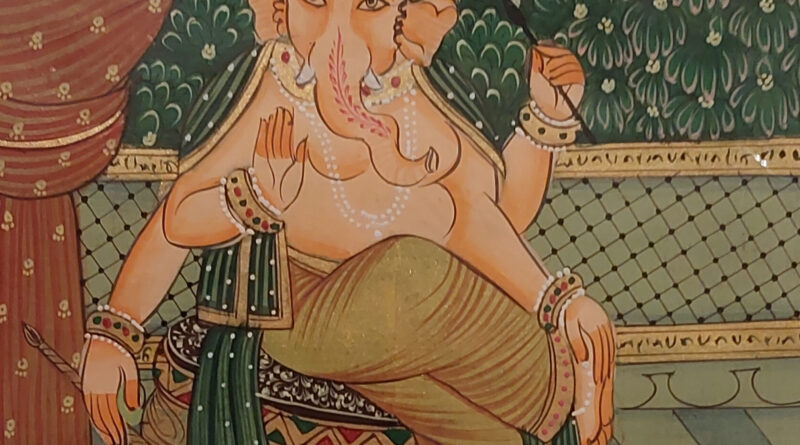Shri Subhash Goyal, Chairman, STIC Group beautifully explains Shri Ganesh as Indian MBA Programme
 Written by Shri Subash Goyal, Chairman, STIC Group
Written by Shri Subash Goyal, Chairman, STIC Group
Whenever in India, we start something auspicious we say “Shree Ganeshaya Namah” by which we invoke the blessings of Lord Ganesha by offering a salute to him.
Hinduism, like all other religions believes in only one GOD. The Spiritual depiction of this Supreme Power is the Trinity of Brahma (The Creator), Vishnu (The Preserver) & Mahesh (The Destroyer) but there are also other Pauranic
figures worshipped for different reasons. For e.g. all sportsmen worship Hanuman – the son of the “Pawan” God, Students & Educationists worship “Maa Saraswati” – the Goddess of learning, warriors and soldiers worship Maa Durga – the Goddess of Power and Businessmen worship Shri Ganesha and by doing so the Laxmi-Goddess of Wealth comes to them.
Infact, in ancient India the temples and Ashram were the seats of learning and like we have an M.B.A. program today, then also every businessman had to worship Ganesha so that he may be blessed with Goddess Lakshmi.
As we see, Ganesha looks like Half man and Half elephant and the qualities of the elephant itself tell us how one should conduct his business.
1. The Elephant is the strongest animal in the jungle, Whenever in India, we start something auspicious we say “Shree Ganeshaya Namah” by which we invoke the blessings of Lord Ganesha by offering a salute to him.
As we see, Ganesha looks like Half man and Half elephant and the qualities of the elephant itself tell us how one should conduct his business.
2. Even though the Elephant is the mightiest, the lion is the king of the jungle: because it has strength coupled with speed and is not slow like the Elephant. Therefore, to be No 1, mere financial strength or intellect is not enough. One must be fast in thought and action in today’s competitive world. The fastest creature in the animal kingdom is in fact ‘man’ through transportation, which means he has utilized his brain to increase his speed. Ganesha’s lower body is that of a man and that with other qualities of an elephant make him an astute businessman.
3. Maa Lakshmi sits on Lotus Flower. The Lotus flower is the most beautiful of all flowers in spite of being grown in the dirt and by virtue is sitting on this flower, Maa Lakshmi always keeps himself above the filth abd dirt, even though the roots of the Lotus Flower are immersed in it. This means that though in business, you will have to exist in an environment of greed, dishonesty and bribery, you must always keep your head above it.
4. Lord Ganesha always has a rat nearby: All pictures of Ganesha either show him sitting on the rat or feeding it.
Interpretating it for business, I would say that Most businesses fail because of pilferage in the organization, which are like rats in our business. Therefore you must have a good
financial accounting system to squash the rat and feed the rat=at times to bring it out of its cubbyhole so that it can be caught.
5. Long Trunk: symbolizes market intelligence, the strength of every successful marketing person. This trunk is able to even reach into small holes and sniff enemies at long distances; it keeps blowing away the ants, its greatest threat. Similarly for good marketing, one should have a trusty versatile network and sources of information in order to sniff out the competition and keep enemies at bay.
6. Small Eyes: small enough to fool the enemy into thinking it is not being watched but sharp enough to spot even a tiny ant from a distance. This means that all good marketing people
must have a long, clear vision for long term planning and should be able to spot a threat / enemy from a distance. It also teaches us never to underestimate an enemy even though it might be as small as an ant even if you consider yourself to be as big as an elephant.
7. Extraordinary Memory: ” An Elephant never forgets”. Similarly all successful marketing people should have a computer like memory so that they don’t forget their contacts business opportunities.
8. Four hands: For me, Each of Ganesha’s four hands symbolize techniques employed to get work done and manage people, which we the qualities of a good manager.
For a business, These are,
• Sam – explaining and trying to understand and logically reasoning out a situation.
• Dam -enticing people and business opportunities with gains and rewards and
recognizing good work done. This hand holds a symbolic gift like a fruit or a sweet.
■ Dand – is the hand holding the slick, symbolizing punishment and getting tough
with people and situations if everything else fails.
■ Bhaid – taking people and competition into confidence to get their help and knowing of their strengths and weaknesses.
9. Two sets of Teeth: One ivory set of decorative, big and valuable teeth admired by everyone and another set of actually biting teeth to do the work. Every successful organization must have two sets of offices
• PR office – this office should be the face of the organization and should be used to entertain clients, visitors and for other PR work.
• Corporate office – where the actual back office work takes place including sales and marketing strategies.
10. Big Stomach: stands for savings for a rainy day, to absorb and digest the huge information available in the market to feed the system.
11. Small mouth, Big ears: symbolizing “speak less and listen more” to meet customer needs, the first principle of salesmanship.
12. Team Work: Elephant always move in a herd (team), so in business if we have to succeed, we need to work as a team.
13. Leave your mark behind: Wherever the Elephant goes, it leaves it footprint behind, so in business also, wherever we go or whatever business we do or whatever market we enter, we should leave a mark for our product or services so that people remember us.


